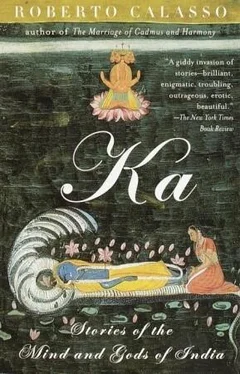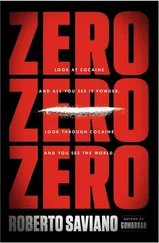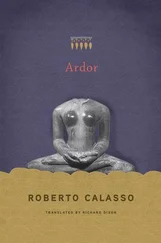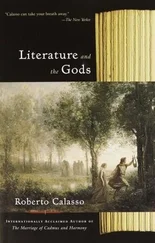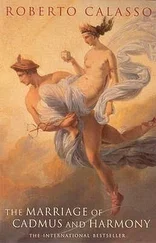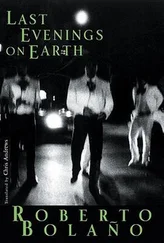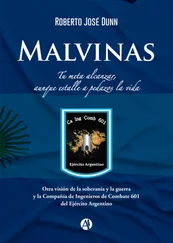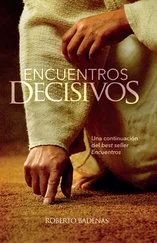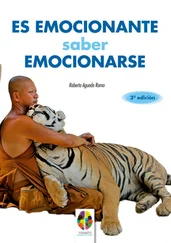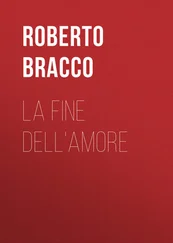The Buddha turned the Upanisad formula tat tvam asi on its head. “You are that” tells us that, whatever appears to us, “you are that”: that thing is within you, is in the Self, which — immensely larger than any thing, spreading out from the barley grain hidden in the heart — includes within itself, little by little, every shape that appears. Nothing is alien to it. And being everything that appears gives us the basis for understanding everything that appears. “As if the universe was captive, lost in the midst of my consciousness,” as one Vedantic master, though unaware of being such, would one day remark.
There are shapes that can equally well be seen as convex or concave. An instantancous adjustment of the eye will do the trick. The Buddha’s doctrine is concave. Pūrna , “full”; śūnya , “empty.” Fullness drawn from fullness: this is the Vedic doctrine. Emptiness drawn from emptiness: this is the Buddha’s doctrine. The transition from the Upanisads to the Buddha is one from fullness to emptiness. But the shape is the same. What opposition cannot do, affinity may. They are not hostile shapes, unless perhaps in the way the case is hostile to the razor it conceals.
For the ṛṣis the pivotal word was tapas , “heat.” For the Buddha it was nirvāṇa , “extinction.” Perfect correspondence, poles apart. Inversion. In the land they lived in, extinction was thought of as fire going home, withdrawing into its dark dwelling. Premise common to both the ṛṣis and the Buddha: what happens in fire, with fire, is crucial.
The boldest character of all, he who took the irreversible step, origin of every deviation, first subversive, was the renouncer. A solitary figure silently sets out from the village and disappears into the forest. From the Buddha to the individual, in the purest Western sense, all are descendants of the renouncer. It was the first gesture of detachment, of cutting loose, from society camouflaged in nature — and from nature camouflaged in the cosmos. It was the first recognition of a world beyond yet still within this world, and of the possibility of setting up home there, of observing the horizon from there. An order that might be the shadow and counterpart of the other order. Or of which the other order might be itself the shadow and counterpart. One served mostly for living. The world beyond mostly for thinking, without restraint. The world beyond was the forest, thought cut loose from any doctrinal obedience, form released from any ceremonial obligation.
Wrapped in robes of ocher and white, jainist and Buddhist monks migrated throughout the world. Others, faithful to the Devas, recognized them as heirs of the Asuras. It was a question of their being not enemies now but heretics. People heard them teach severe doctrines that ridiculed ceremonial practices and shook the world as though it were no more than a rag doll. But time’s slow grind changed this too. There came a point where one could no longer say whether these doctrines really were incompatible with those of the ancient gods — and many figures reappeared in the Buddha’s halo, crouching in the light. Brooding, intertwined, dancing. The divine wheel reemerged, as if fished up from deep waters.
If there was something that frightened them right from the start, it was the mind’s dispersion. Passing rapidly and without respite from one point to another, the mind sought to duplicate the world, superimposing its own spider’s web over the web of the visible. In the end this diminished its power rather than enhancing it. The world remained intact, sovereign — outside the mind and inside it too. To overcome the world (and this demands a first step: seeing it), the mind must gather itself up, the way the hand must gather a clump of grass before the sickle can cut it. The sickle is “wisdom,” prajñā . The hand that gathers is attention.
The thirty-three gods, they say, are immortal — or, more precisely, they live an extraordinarily long time, many millions of years — or, even more precisely, they were originally wretched and vulnerable like normal men, then one day they won immortality through sacrifice, but not a full immortality, since at some time, however remote, it must end. In any event, their long lives did not grant them metaphysical supremacy, which belongs to knowledge alone, and above all to being conscious of knowledge. Which is why the Buddha — at the end of time — and the ṛṣis —at the beginning of time — treated the thirty-three gods in such an offhand, impatient, and condescending fashion, as immature and muddled beings, not to be taken entirely seriously. The ṛṣis and the Buddha Śākyamuni knew that up in the heaven of the Tuṣitas the gods were abandoning themselves to supreme pleasures. But in the end, what difference can it make whether a pleasure lasts millions of years or just an instant? The only thing that makes a difference is the discrimination that creeps into pleasure’s veins.
The most radical attack ever leveled at analogy was conducted by the Buddha. It wasn’t that he denied its existence. On the contrary, he accepted it as something obvious that reaches out to everything there is. The world, of course, was a fabric, a thin, metallic mesh. But it wasn’t the individual, ever-different shapes from one link to the next that mattered. What mattered was that it was a net, something that covers, that tightens, that can suffocate. This was the true, dominant, omnipresent analogy. An expert eye could sense it in all the variegated diversity of the apparent world. And one day it would sense only that, discarding the individual shapes as irrelevant. But if that was the case, then every stitch could be substituted by any other. And at this point, where everything was analogy, mightn’t one more exactly say that everything was substitution? The unending net of the bandhus , of the “connections,” became a single lace, whose various parts had no distinctive features save that of reinforcing the general constriction. It was called pralītyasamulpāda , the interlinking of everything that arises.
The Buddha breaks the analogical pact. He ignores correspondences. He doesn’t deny their existence, but he belittles them. Why concern oneself over echoes of like and like when all elements are anyway linked together in the same chain, in the way they manifest themselves, and for the mere fact that they do manifest themselves?
The tragic is the unique and irreversible act. To elude the tragic, the Buddha dilutes every action in a series of actions, every life in a series of lives, every death in a series of deaths. Suddenly everything loses its consistency. Whatever is multiplied is also extenuated. Simultaneous with this gesture came the epistemological denial of the existence of the Self, now reduced to a series of elements that can be added together and unified in conventional fashion.
Convention, the supreme power of the modern, proceeds along a path cleared before it by a dry, cautious, analytic monk, who drained away the energy of the divine figures without even taking the trouble to remove them.
“The animate universe, like sand in the fist,” said the Buddha. A multiplicity of tiny elements, all entirely alien to one another. Trapped in the same grip. But this is their one affinity. In every other respect, each grain is on its own, unconnected with the others, even though the substance is always the same.
The Buddha was in no hurry to go back to Kapilavastu. But one day he did reappear in the place where he had spent his infancy and youth. His son, Rāhula, was there, whom he remembered as no more than a shadow in his mother’s bed, the night he had left her. When she got news of the Buddha’s return, Rāhula’s mother said to her son: “Now go to your father. Go and ask him for your inheritance.”
Читать дальше
